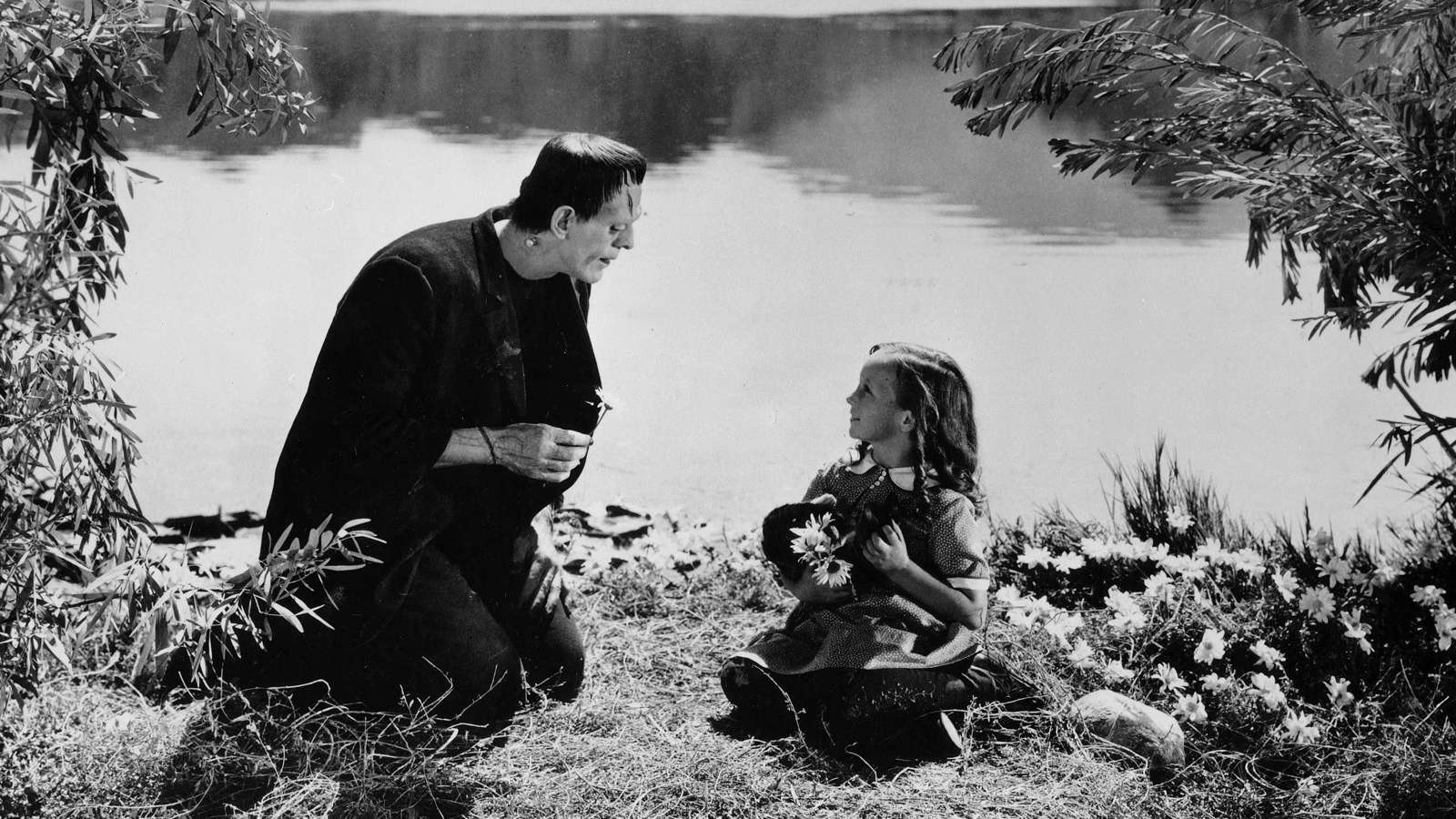I really do not know what it is about this month that has made this project so much more difficult. I think that part of it has honestly been the onset of summer. Seattle is extremely far north, so as we approach the equinox, sunset becomes increasingly late. My normal movie watching is after dinner which I do not tend to think of until it is dark, but as sunset is not until nine these days, that has been making fitting in movies more difficult. That combined with some unhealthy brain juices has made everything difficult, but I am hoping that I can get back in the swing of things.
While I did not post anything in this section for it, I am giving myself credit for Day 145 in which I wrote a long form review on Army of the Dead (2021, Dir. Zack Snyder). Additionally, if I am giving myself credit, today’s viewings were two films.
Frankenstein (1931, Dir. James Whale) and The Bride of Frankenstein (1935, Dir. James Whale)

Did I choose to watch these movies because they were short enough that I could fit two films in even though I did not get started until late in the evening? Yes, that is exactly why I chose these films. Even if the runtime was my primary purpose for the decision, watching these classics was something that I had wanted to do eventually regardless. I actually previously watched The Bride of Frankenstein for a class in college (before I started tracking my viewings), but this was my first viewing for the original.
Both films hinge upon the otherworldly performance of Boris Karloff as The Monster. Especially in the second film, Karloff imbues his character with purpose and emotion despite the heavy platform shoes – I was shocked to learn Karloff was only 5 foot 11 – and extreme prosthetics. Karloff finds the childlike curiosity in his character monstrous exterior notwithstanding. Both films have a standout scene in which Karloff explores the interplay of The Monster’s innocent nature with the abrasive body he inhabits. In Frankenstein that scene is with the young girl and in The Bride of Frankenstein it is his interactions with the blind man. Both scenes begin with The Monster finding joy in something beautiful, flowers and music respectively, but both also end in disaster. In the first film, the tragedy comes from The Monster not quite understanding his own power or the workings of the world while in the second a third party who judges The Monster purely on aesthetics destroys the good that he found. These scenes are among the most important in their respective movies, and neither would succeed without Karloff’s understanding of his character and ability to perform in the extreme costume.
The rest of the films surrounding Karloff’s performances are well crafted though dated. They both evoke the gothic horror that Universal was cultivating at the time leaning heavily on literary horror tropes with simple cinematic storytelling to hold the films together. While these films took few risks – MGM released Freaks (Tod Browning) in 1932 which was infinitely more artistically brave if a commercial flop – Karloff’s performance is what causes the two Frankenstein films to last as classics 90 years later.
